Sea of the Falling Sun is the next game that I am working on with another 2 class mates which is also following the schedule of a 3 week time-frame, from conception to actualization.
This time, the rules for this project is to create a low poly incarnation of a 1980s arcade game, the game is to support local multiplayer on the same screen as well as controller input (specifically xbox controller input). The game can have some additional gameplay elements to enhance it from the original, but the skeleton of the original game must remain and be easily identifiable.
We had two ideas that needed to be pitched, the first was to make a clone of Missile Command (Atari, 1980) and the second was to make a clone of Dig Dug (Namco, 1982). Ultimately we were given the go ahead to create the Missile Command clone, as within 3 weeks it was the simplest game to implement. Which is great because if we were doing the Dig Dug clone, my 3D modeling responsibilities would have just been rocks.
So far in terms of assets for this game I have modeled a low poly submarine and missile. I have also managed to create two Chiptunes that I have titled Rockin’ Nippon and Team USA. I have also created the scripts for handling, missiles, explosions and enemy plane behaviour.
This game is mostly a visual swap out for Missile Command, the game is set during World War 2, American Navy vs Japan Kamikaze pilots. Hence the name of the game is ‘Sea of the Falling Sun’ as an opposing twist to Japan’s sobriquet of being ‘Land of the Rising Sun’, the falling part is just a reference to the Kamikaze planes falling from the sky trying to crash into the ships.
Here is a video of a current scene showing missiles being launched and exploding, chain reactions caused by the missiles, planes exploding if they fall into the water and creating fire on the aircraft carriers if they collide into them. For the time being, the planes are just represented by cubes. As each stage passes, the game’s difficulty increases by making the planes fall faster as well as decreasing the wait time between spawned waves.
References
Atari Inc. (1980). Missile Command. USA: Atari Inc.
Namco (1982). Dig Dug. Japan: Namco.
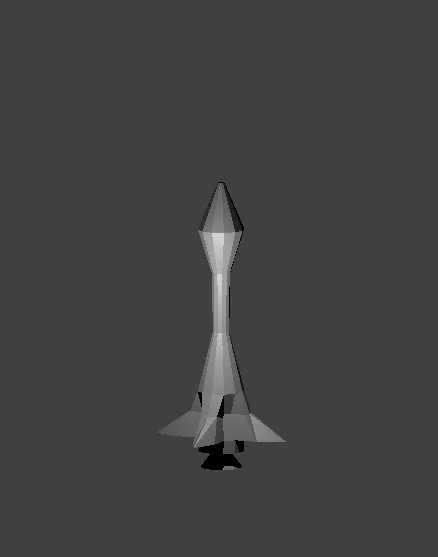

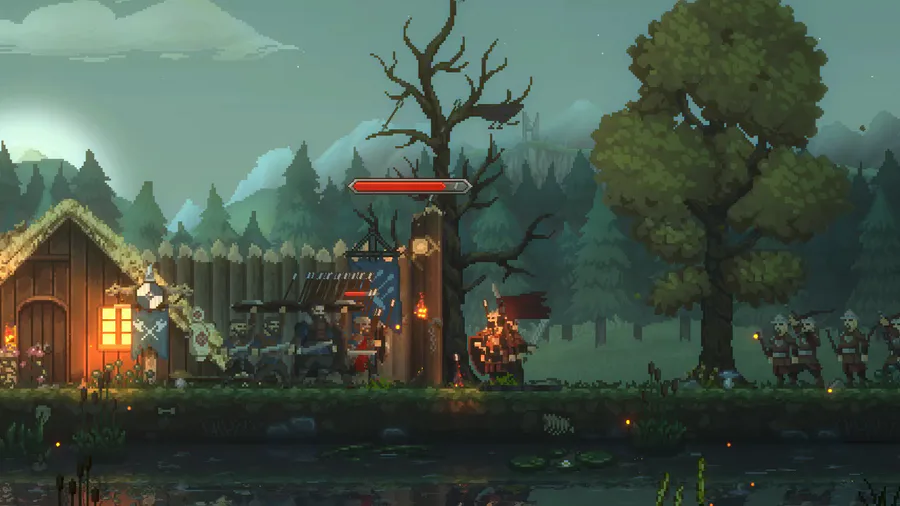
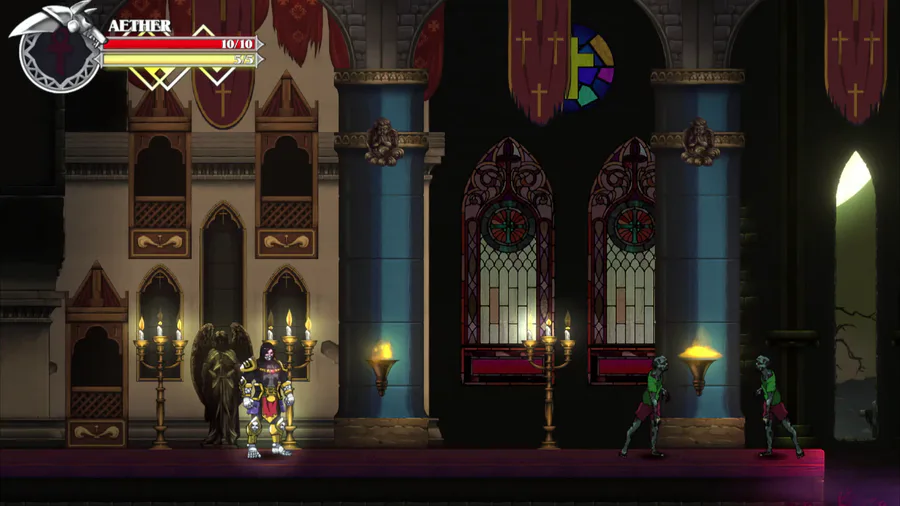

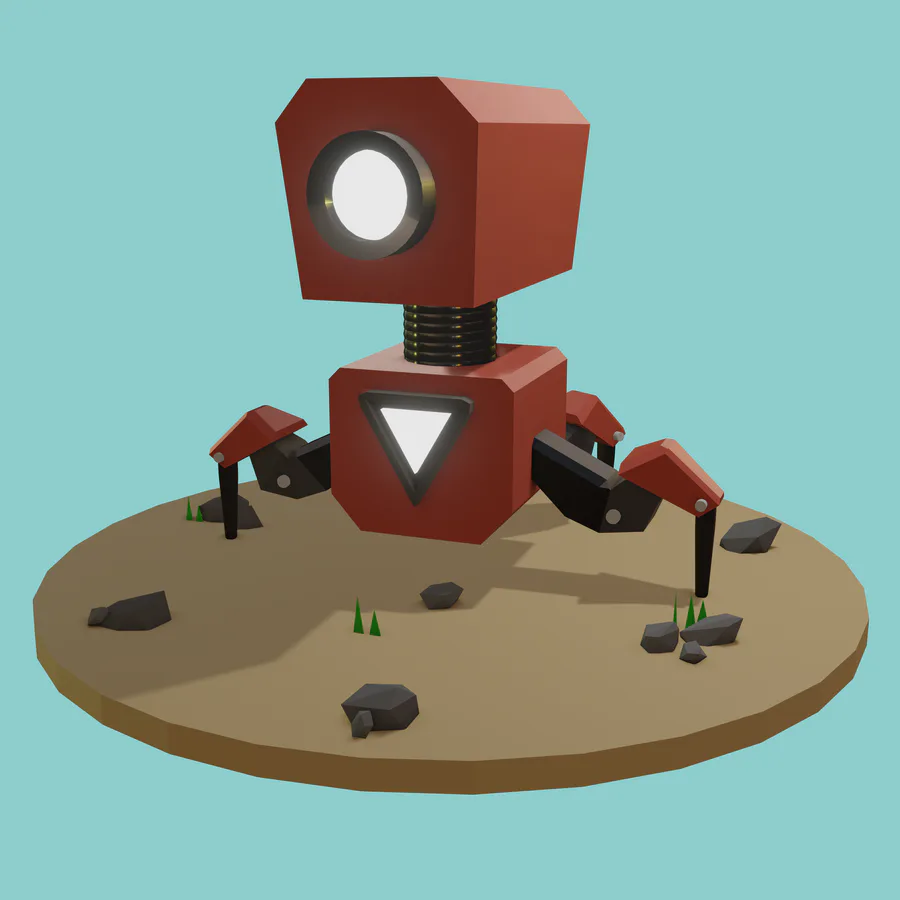
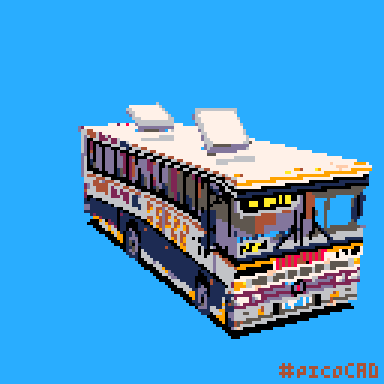

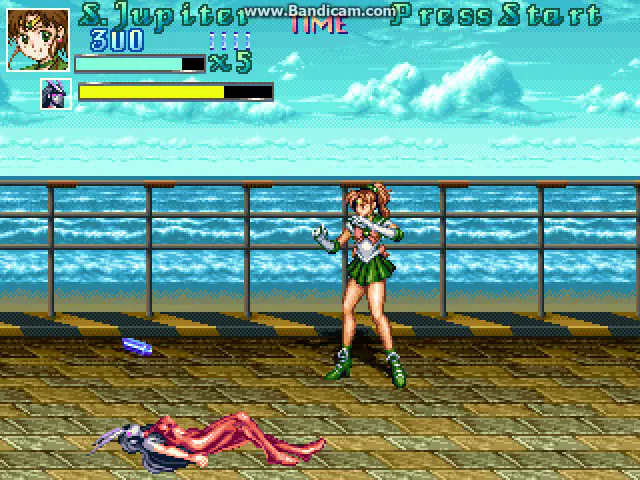
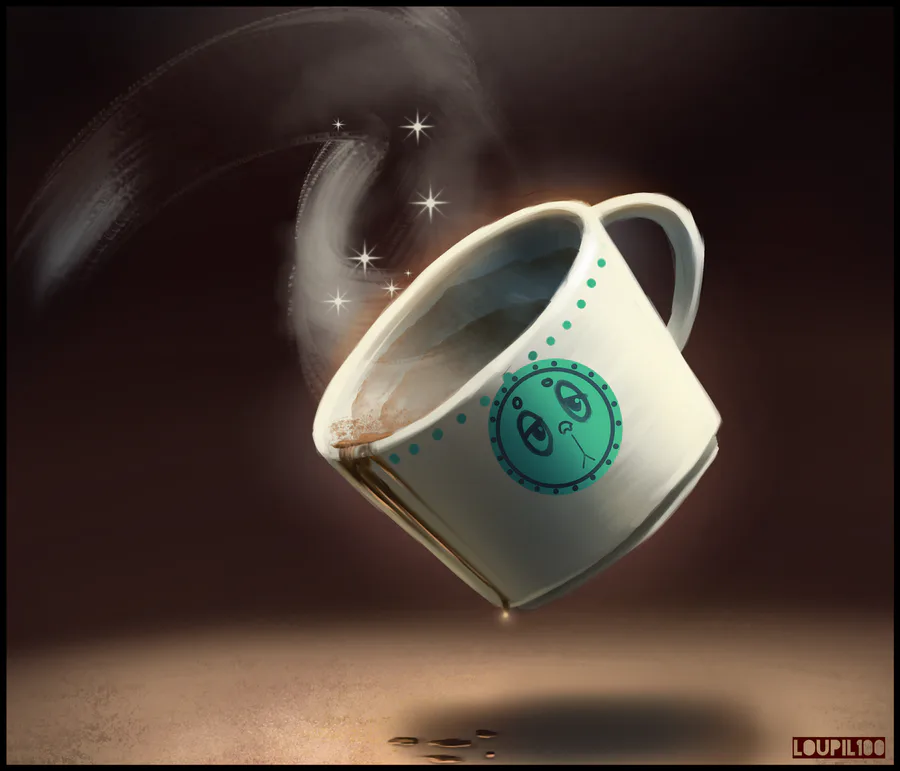
0 comments